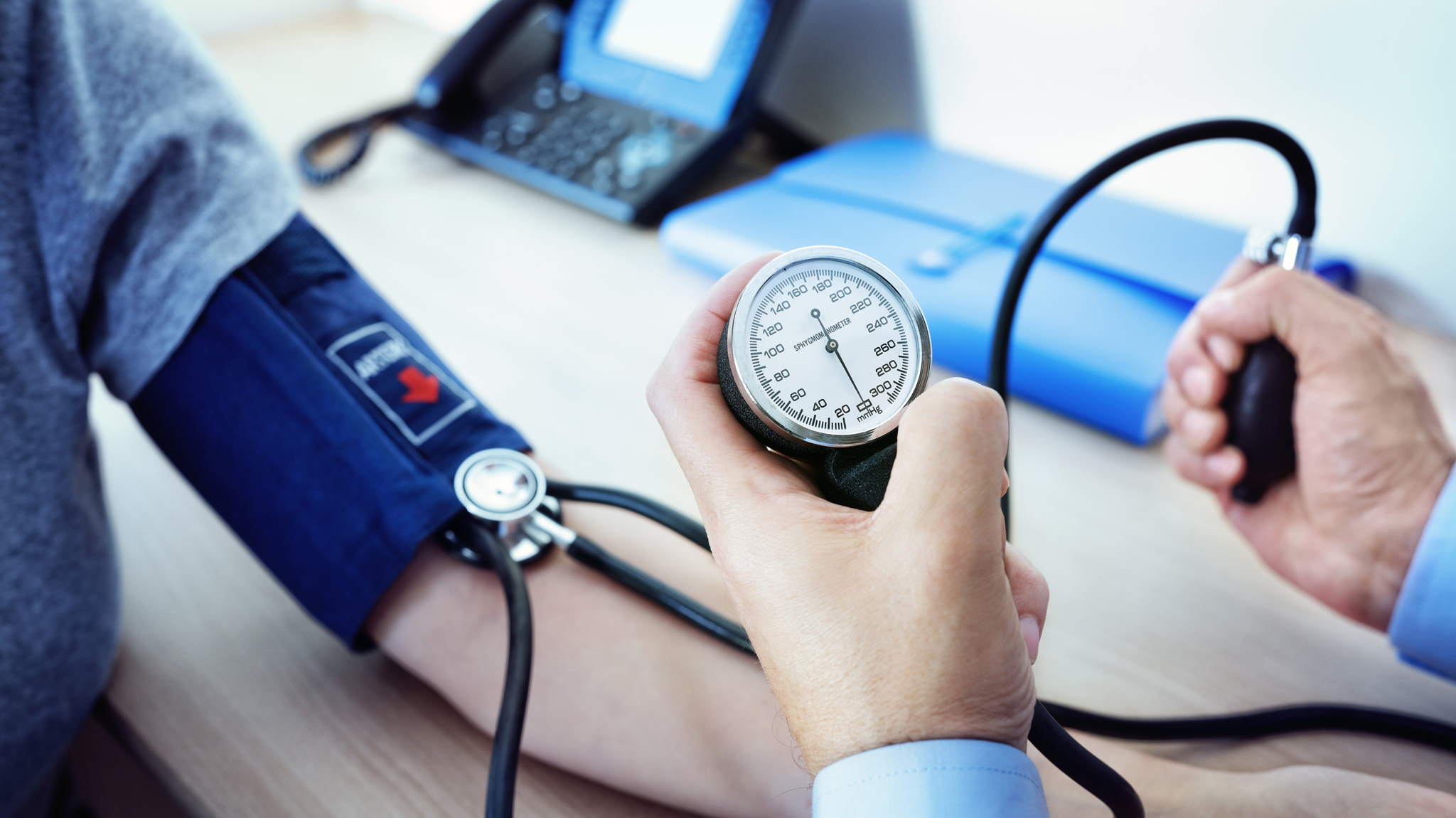advertisement
World Hypertension Day
17th May when the world unites in spreading consciousness about hypertension and related conditions, the third major cause of death…

17th May when the world unites in spreading consciousness about hypertension and related conditions, the third major cause of death globally.
Dubbed the World Hypertension Day (WHD), the theme this year is; Know Your Numbers in encouragement for people to test blood pressure and determine whether or not they are victims of this condition. Every 17th day of May is celebrated every year since 2005 to distribute the message of maintenance of normal blood pressure.
Hypertension also High Blood Pressure is the condition in which the arterial blood pressure rises higher than the normal level of 120/80 mmHg, usually preempted by many factors including and not limited to kidney damage, adrenal gland over-activity, tumors, recreational drugs, thyroid gland dysfunctions, pregnancy-related conditions, over or wrong medications and alcoholic drinks.
advertisement
It stands as the third major cause of death in the world, with the Blood Pressure UK estimating that about 7.5 million people die globally every year due to hypertension related conditions! Sad state of affair.
This however has continued to happen even in the wake of technology. An article by The Dana Foundation on Improving Stroke, Prevention and Treatment by Louis R. Caplan reads in part, “Today, Technology is available that can quickly and safely image the brain, heart and the blood vessels for effectively treatment and control of risk factors that lead to stroke. Yet stands as the third leading cause of death in the world and the cause of long-term morbidity.”
The International Journal of Computer Science and Information Technologies on a review of Artificial Intelligence in Hypertension Diagnosis by Arpneek Kaur et.al reports that AI techniques can be used for hypertension risk assessment that will see to the improvement of the management of this killer condition.
advertisement
It states that Artificial Intelligence techniques herein referred to as Artificial Neural Networks, can learn to solve problems of a specific type when trained to. The training is by adjusting weights according to some sample problems of same kind. The strength of connection between the neurons is stored as weight-value for the specific connection. The system learns new knowledge by adjusting these connection weights.
Once trained, Artificial Neural Networks can generalize to solve other similar problems with different data values containing same input parameters. Learning and generalization ability of the neural network depends on its architecture and the algorithm chosen for its training. Artificial Neural Networks with varying architectures and algorithms have been successfully employed for diagnosing wide spread diseases such as heart diseases, cancers, diabetes, thyroid, respiratory problems, influenza etc.
It further presents a Graphical User Interface for training and testing of Hyper net that many researchers have been using to diagnose risk of Hypertension and increase the reliability of their systems by varying Neural Network Architectures, Fuzzy Systems and Neuro-Fuzzy Systems.
advertisement
Shehu, et.al. (2013) made a comparison between statistical and neural approach for the diagnosis of hypertension status. Their paper concludes that Neural Network approach gives better results.
Rahul Samant, et.al. (2013) used LM Back Propagation training algorithm in Feed Forward Network and decided the best configuration for the diagnosis of hypertension in the form of number of hidden layers and hidden neurons. With 13 input parameters taken inclusive of age, pulse, systolic blood pressure, diastolic blood pressure, Serum Proteins, Serum Albumin, Hematocrit, Erythrocyte Sedimentation Rate, Serum Cholesterol, Serum Triglycerides, Whole Blood Viscosity, Plasma Viscosity and Red Cell Aggregation.
Their paper demonstrates that AI in Hypertension management is feasible just as it is useful. However, AI informed care is yet to transform Blood Pressure control.
In his article the Future Direction for Using Artificial Intelligence to Predict and Manage Hypertension, doctor Chayakrit Krittanawong attributes the above derail to Lack on data on AI’s consistency, accuracy and reliability on the blood pressure sphere.
He however admits that if fully implemented into Hypertension Management, AI will give needful insights into extrapolating data analytics to inform patients and prescribers about specific factors that impact their blood pressure control.
The International Society of Hypertension (ISH) has organized May Measurement Month (MMM) this year as an awareness campaign aimed to educate people on their blood pressure numbers and on preventive measures in case of hypertension, but maybe, they should also use AI for this awareness campaign. #KnowYourNumbers